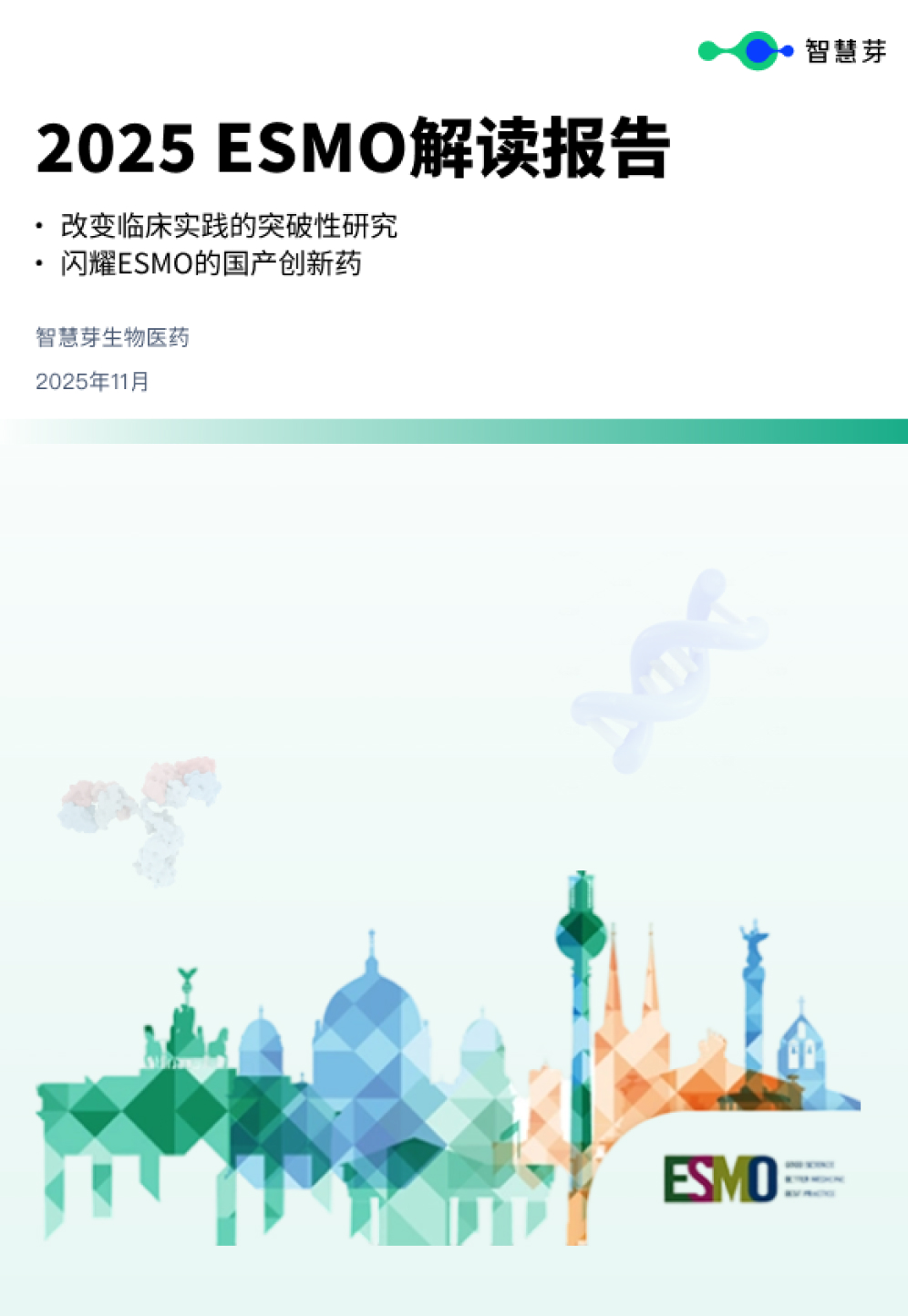预约演示
Theory for superfluid helium confirmed
2023-07-17
Researchers have achieved a groundbreaking milestone in studying how vortices move in these quantum fluids. A new study of vortex ring motion in superfluid helium provides crucial evidence supporting a recently developed theoretical model of quantized vortices.
Superfluids are a fascinating topic in modern physics research. Governed by quantum mechanics and known for their frictionless flow, superfluids have intrigued scientists with their unusual properties and far-reaching applications.
Researchers from FAMU-FSU College of Engineering, led by Professor Wei Guo, have achieved a groundbreaking milestone in studying how vortices move in these quantum fluids. Their study of vortex ring motion in superfluid helium, published in Nature Communications, provides crucial evidence supporting a recently developed theoretical model of quantized vortices.
"Our findings resolve long-standing questions and enhance our understanding of vortex dynamics within the superfluid," Guo said.
A key feature of superfluids is the presence of quantized vortices -- thin, hollow tubes resembling miniature tornadoes. These play significant roles in phenomena such as turbulence in superfluid helium and glitches in neutron star rotation. However, accurately predicting the motion of vortices has proven challenging.
To address this, the research team used solidified deuterium tracer particles that were caught inside the vortex rings. By illuminating them with a sheet-shaped imaging laser, the team captured precise images and quantified their movement.
The researchers also conducted simulations using various theoretical models and demonstrated that only the recently proposed self-consistent two-way model, or S2W model, accurately reproduces the observed vortex ring motion. According to the S2W model, the ring should shrink as it interacts with the thermal environment, albeit at a slower rate than predicted by earlier theories.
"That was exactly what we saw," said Yuan Tang, a postdoctoral researcher at the Florida State University-headquartered National High Magnetic Field Laboratory. "This research provides the first experimental evidence supporting the S2W model."
The significance of this breakthrough extends beyond superfluid helium. The validated S2W model holds promise for applications in other quantum-fluid systems, such as atomic Bose-Einstein condensates and superfluid neutron stars.
"We are excited about the possibilities that the S2W model offers for future studies," Guo said. "Now that we have confirmed its validity for superfluid helium, we aim to apply this model to other quantum-fluid systems and explore new scientific challenges."
The research collaboration included co-authors Hiromichi Kobayashi from Keio University, Makoto Tsubota and Satoshi Yui from Osaka Metropolitan University and FSU graduate student Toshiaki Kanai.
This work was supported by the National Science Foundation, the Gordon and Betty Moore Foundation and the Japan Society for the Promotion of Science.
更多内容,请访问原始网站
文中所述内容并不反映新药情报库及其所属公司任何意见及观点,如有版权侵扰或错误之处,请及时联系我们,我们会在24小时内配合处理。
适应症
-靶点
-药物
-生物医药百科问答
全新生物医药AI Agent 覆盖科研全链路,让突破性发现快人一步
立即开始免费试用!
智慧芽新药情报库是智慧芽专为生命科学人士构建的基于AI的创新药情报平台,助您全方位提升您的研发与决策效率。
立即开始数据试用!
智慧芽新药库数据也通过智慧芽数据服务平台,以API或者数据包形式对外开放,助您更加充分利用智慧芽新药情报信息。




